There's something immensley calming about having plants around. They're like leafy epitomes of David Attenborough's voice – serene, reposeful and inspiring.
Keen for more of these peacekeepers in our lives, we made this DIY hairpin leg planter.
The good news: it's quick, easy and cheap to make your own. Our step-by-step guide will show you how.
WHAT YOU'LL NEED
Plants (However many you need to fill your planter)
Hairpin legs (Ours come with free screws and floor protector feet)
Plant box
Marker pen
Drill
Screwdriver
Soil
Gravel
For indoor planters:
Bin bag
Staple gun (Not 100% necessary, but handy)
INDOOR OR OUTDOOR?
First things first, decide whether you want an indoor, or outdoor planter. This affects everything from the container you plant in, to the hairpin legs, to the plants themselves.
WHAT TO PLANT IN
You can make a hairpin leg planter with pretty much anything you want – from pallet wood, to concrete troughs, to old suitcases.
We found this wooden chest in an antique shop near Stroud, which we thought would make a neat little indoor planter.
For outdoor planters, use something that can handle the elements, such as treated wood or stone.
CHOOSE YOUR HAIRPIN LEGS
Hairpin legs come in a variety of sizes and colours, allowing you to completely personalise your DIY planter.
If you'd like to keep your planter in your garden, our silver hairpin legs are rust-resistant and hardy enough to handle life outdoors.
CHOOSE YOUR PLANTS
Here’s the fun bit. Mix up a few different plant types for a beautiful, wild look. But make sure they're compatible.
If you’ve got plants that need regular watering next to ones that hate regular watering, they’re not going to get along.
That said, we teamed orchids with a trio of ferns – an asparagus fern, eagle fern and maidenhair fern. And although these plants would be pals in their natural forest environment, orchids don't need as much water.
To get around this, we planted the ferns in the soil but kept the orchids in their pots. This means we can easily lift them out to water separately.
Some plant combinations that grow well together include:
Chives, mint, chervil and coriander all chug plenty of water, which means they work well together in the same planter.
Sage, thyme, rosemary, marjoram, basil, bay leaves, oregano and lavender, on the other hand, all like well-drained soil.
If you want to grow veggies in your planter, tomatoes, peppers, asparagus and lettuce make a great combo.
ATTACH YOUR HAIRPIN LEGS
If your wood is quite thin and you’re worried your screwdriver might crack it (we were!), drill pilot holes first. Mark the holes with a pen, to guide where to drill.
Once you’ve done that, it’s time to screw your legs in place.
LINE YOUR PLANTER
If you’ve used wood to make your planter, and you're going to keep it indoors, line the inside with a black bin bag to help stop water seeping through. A staple gun can come in handy here, otherwise you can just pack the gravel and soil to hold the bag in place.
If you're making an outdoor planter, drill holes in the bottom of your container to help drain excess rainwater.
FILL YOUR PLANTER
Next, create a thin layer (1 or 2 inches deep) of gravel on the bottom. This will help prevent overwatering. Cover it with a decent amount of soil.
PLANT IT UP
Once your gravel and soil are in, you can add your plants.
And with that, all you need to do is admire the finished result.
Oh... and remember to water your plants once in a while. Don't let those leaves go brown and flaccid.
We'd love to see your finished hairpin leg planter. Tag @thehairpinlegco on Instagram, Facebook or Twitter and we’ll share your creation with our followers.
Happy planting!
Acer Adam and Tommy Tulip


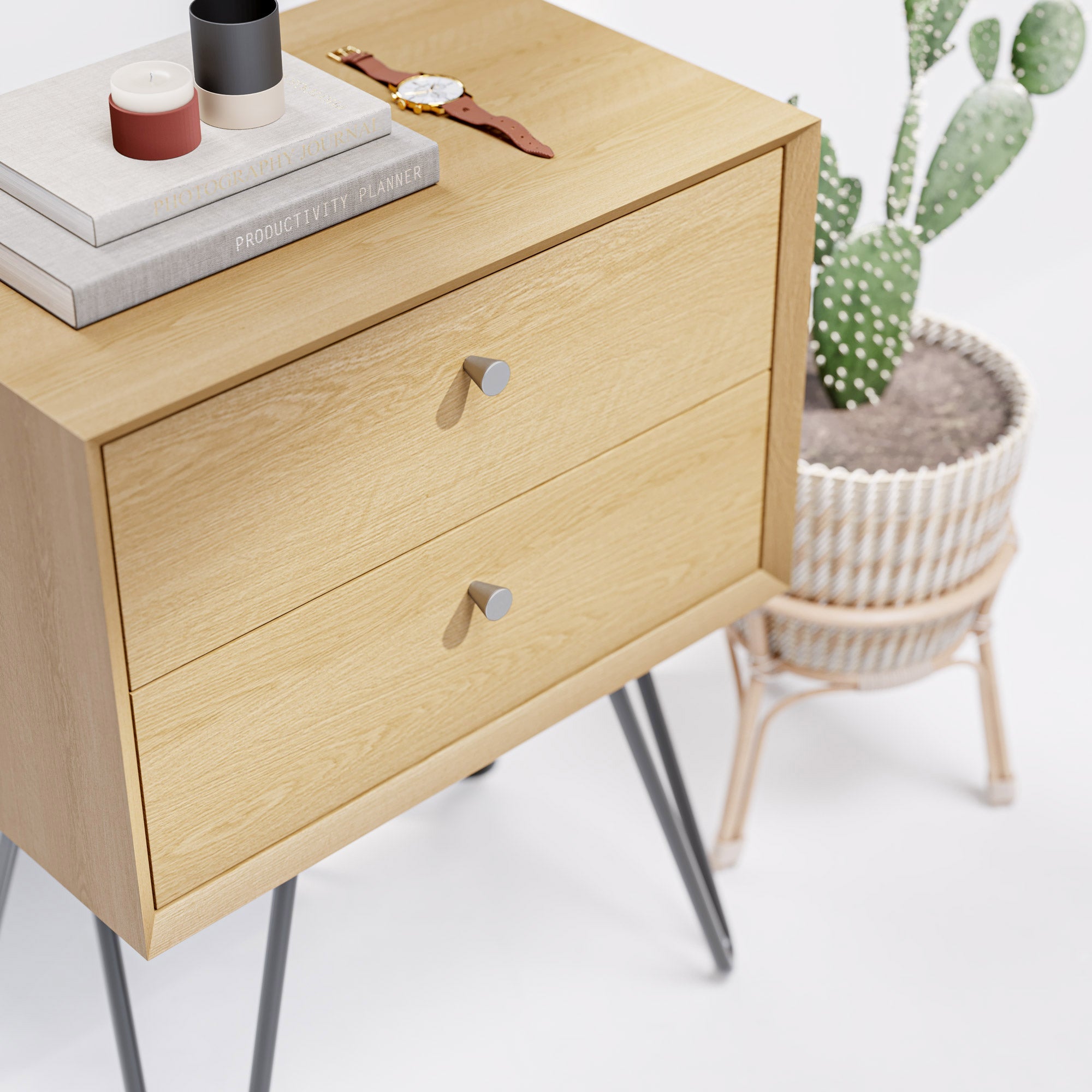
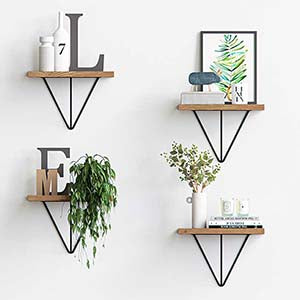
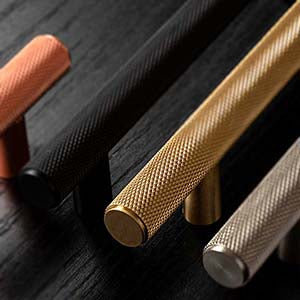
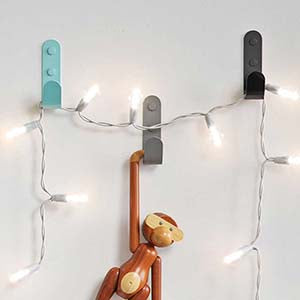
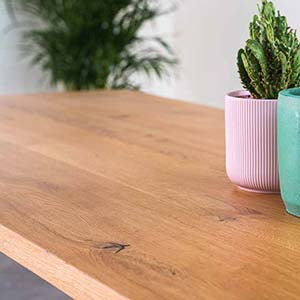
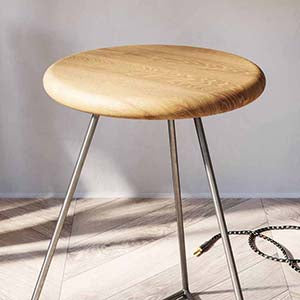
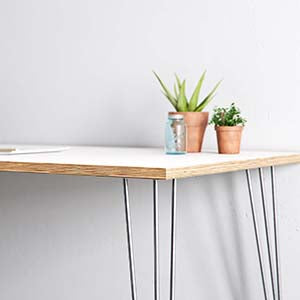


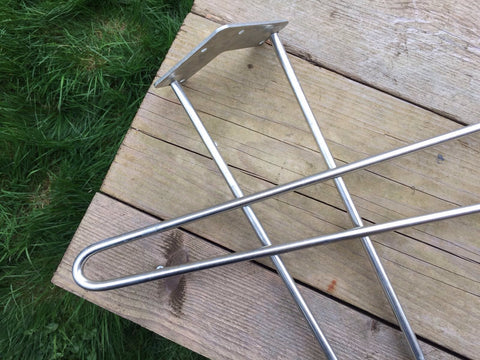






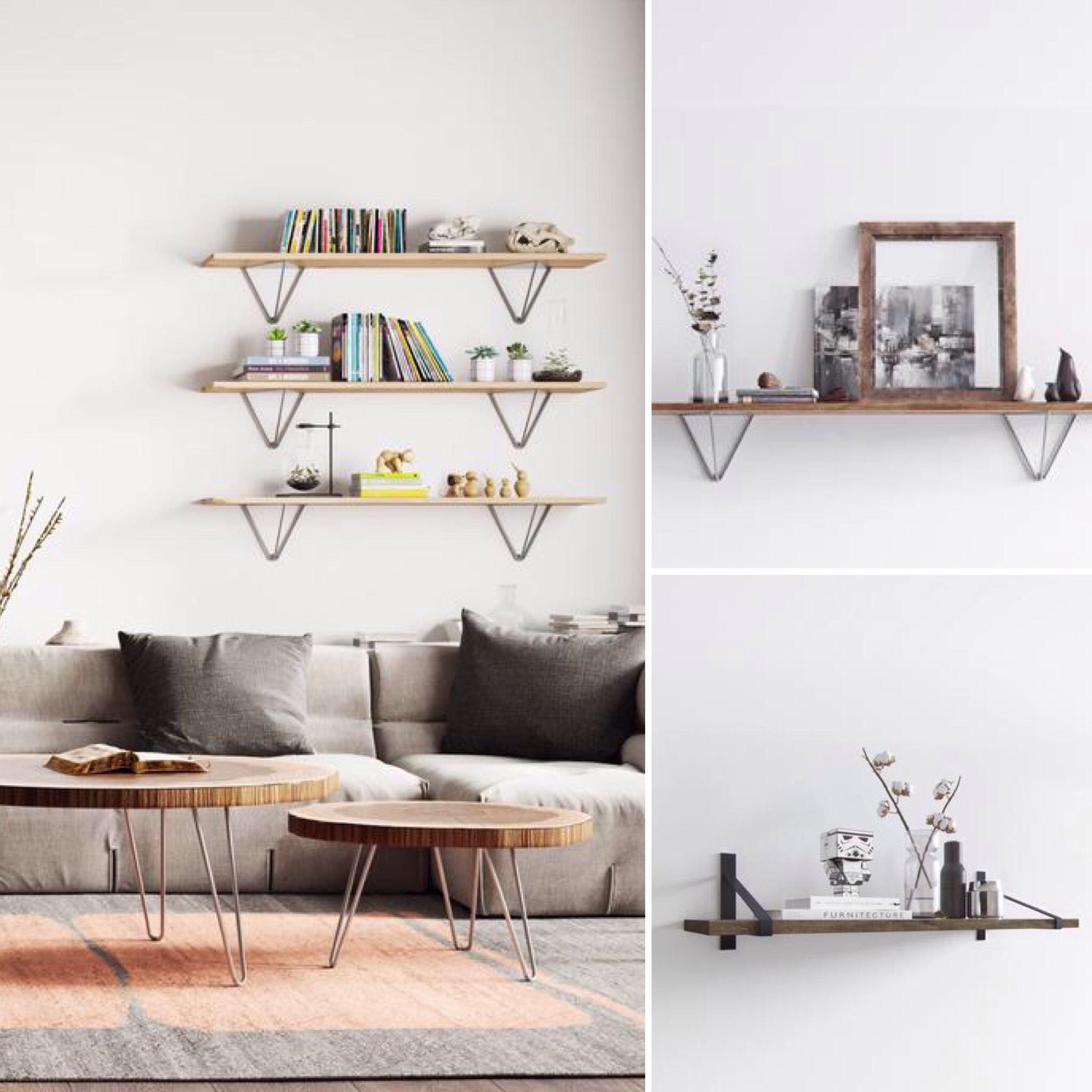
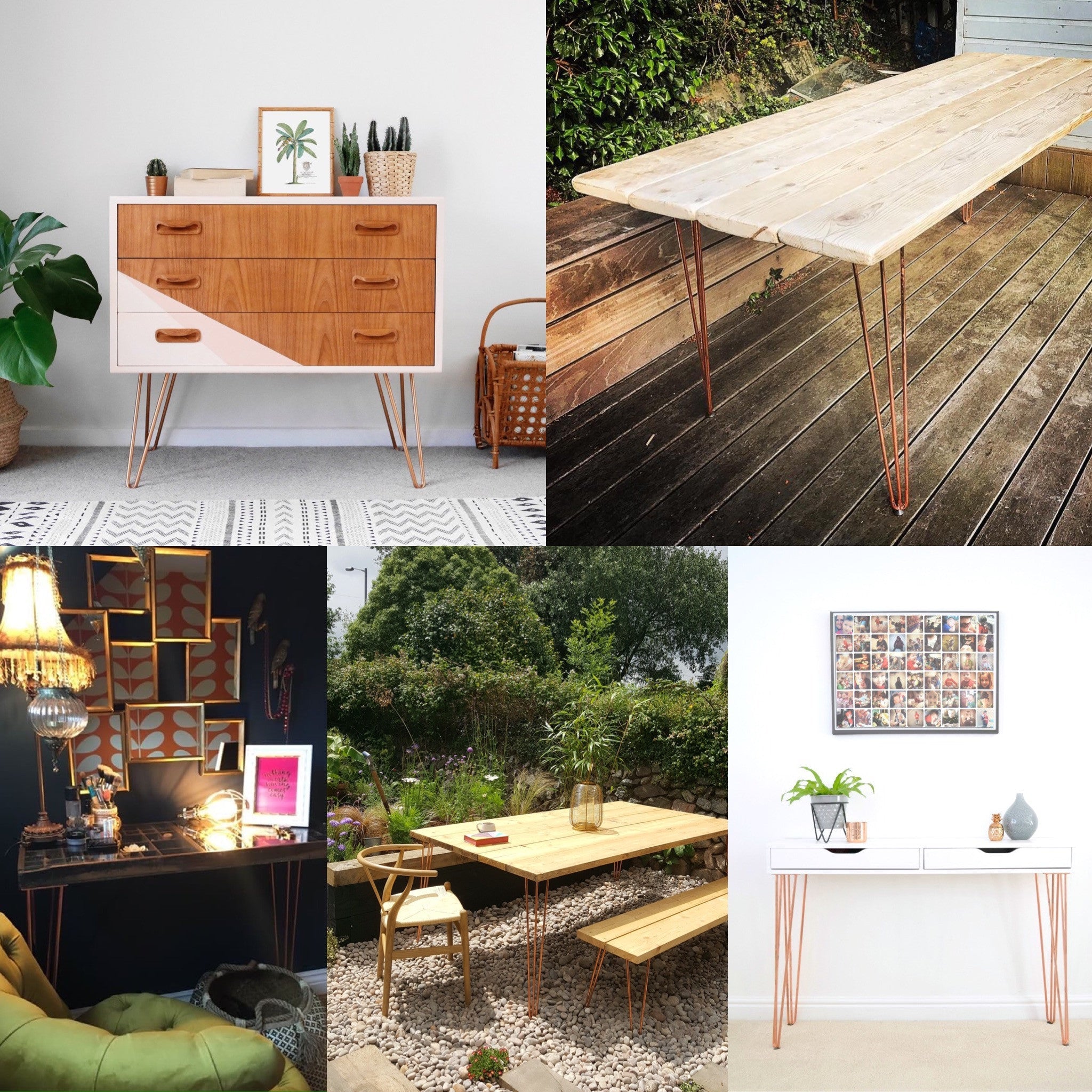
Leave a comment
This site is protected by hCaptcha and the hCaptcha Privacy Policy and Terms of Service apply.